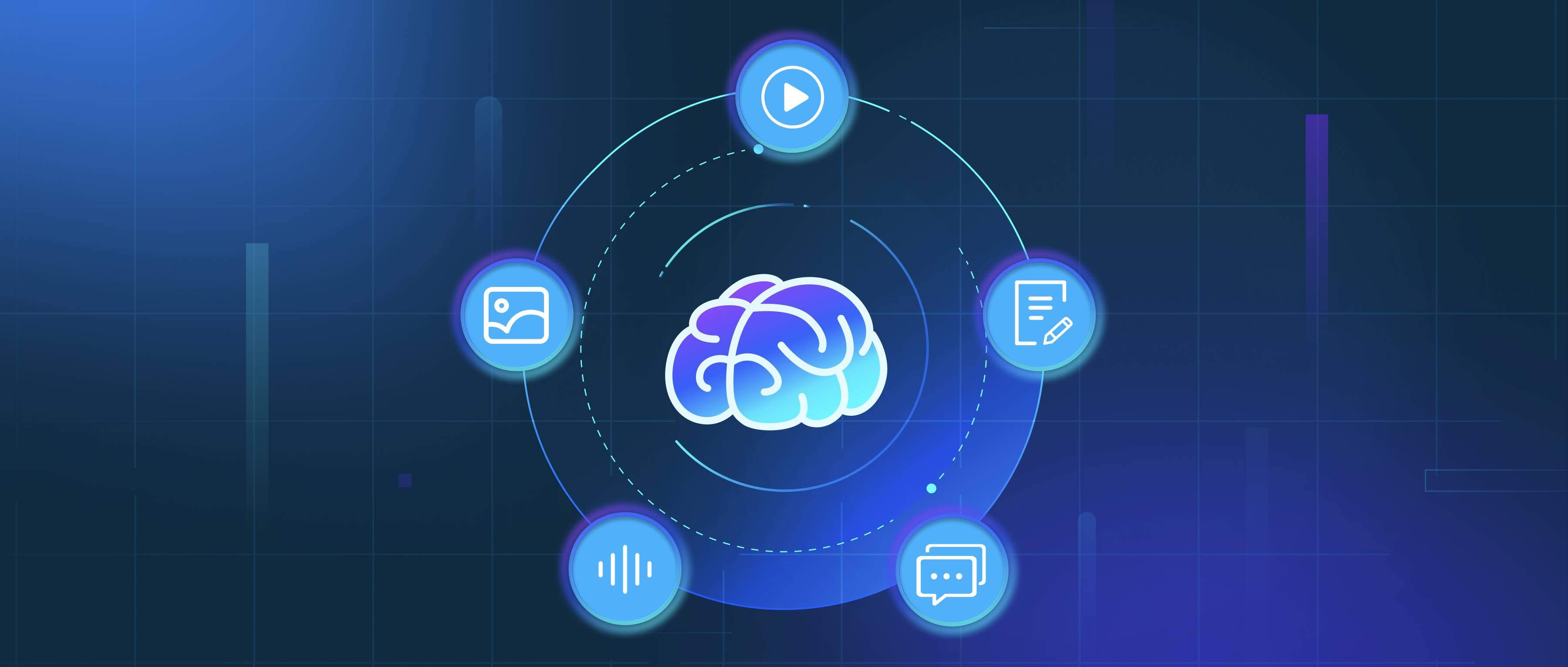Robots recognize objects and environments primarily through sensors and computer vision algorithms. Sensors collect data about the surroundings, including cameras, LIDAR, ultrasonic sensors, and infrared sensors. Cameras capture images or video, while LIDAR (Light Detection and Ranging) uses lasers to create a detailed 3D map of the environment. Once the data is collected, algorithms process this information to identify and classify objects. The most common approach involves using machine learning models trained on large datasets, where the model learns to distinguish between different objects by recognizing patterns in the visual data.
For instance, when a robot uses a camera to scan its environment, it generates images. These images are then passed through a neural network, which has been trained on thousands of labeled images. The neural network analyzes features like shapes, colors, and textures to identify objects. If the model has been trained to recognize a coffee cup, it will look for patterns consistent with a coffee cup in the captured images and output a classification accordingly. Additionally, techniques like image segmentation help the robot isolate objects from the background, making identification easier.
Moreover, robots also utilize spatial awareness to understand their environments. This involves mapping the surroundings and localizing themselves within that map. By combining data from multiple sensors, like LIDAR and cameras, a robot can create a comprehensive understanding of its environment, which is crucial for navigating obstacles. For example, a self-driving car analyzes its environment using cameras and LIDAR data to recognize traffic signs, pedestrians, and vehicles, helping it make safe driving decisions. In summary, object and environment recognition in robotics rely on a combination of sensors, machine learning algorithms, and situational awareness to function effectively.
